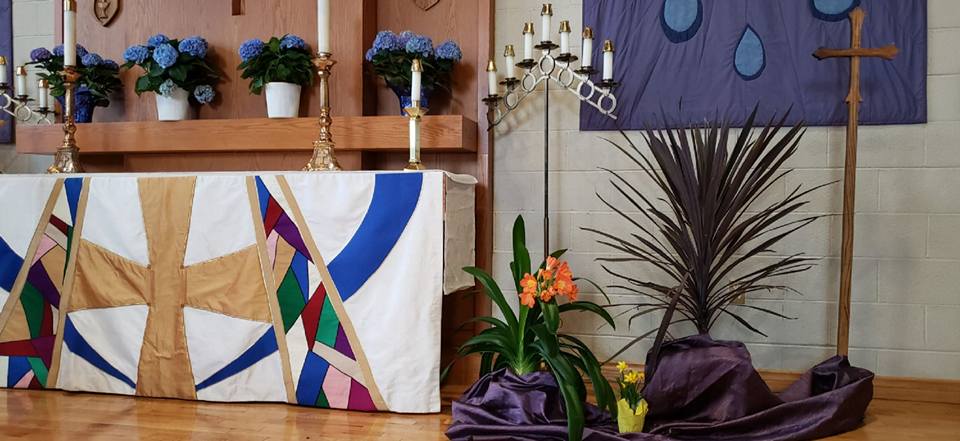Sunday, December 27, 2020:
Luke 2:22-40:
In the Christmas story we hear that people keep being drawn to the child Jesus. The shepherds that occupy a place on the fringe of the city, and perhaps society. In time, the magi, the scholars from a different place and culture. And today, Simeon and Anna are brought into the story. Simeon, were told, was faithful, and it was revealed to him — it doesn’t explain how exactly — that he’d meet the embodiment of his people’s hope before his death. And Anna was a prophet, and basically resided in the Temple. These two figures were trained, sensitive, expectant, to use an Advent word. They are so full of faith, and this faith, it seems, is rewarded in this moment. “I can die a happy man, Simeon says,” literally.
But imagine if we had been there, witnesses to the scene. What would we have seen? An old man dancing with a baby in his hands. And an elderly woman, ecstatic at the sight of the child, and running around sharing her excitement. But WHAT exactly did they see? We all know the ancient icons and medieval paintings with beautiful halos surrounding Jesus’s head. But we also know that that’s an artistic technique that makes obvious a more hidden, spiritual truth. Then what we’re left with is five people: a baby, two parents, and two seniors. So what did they see? Or, how did their spiritual sight allow them to see that which was invisible to the naked eye?
I recall, about twenty years ago, taking a trip with some university friends to Thunder Bay. It was the first and only time I’ve seen the Northern Lights. I remember how they started to appear from out of nowhere. The effect was so much more subtle than all the pictures I’d seen. The photographs and poster I’d seen were like the haloes from religious art. But the real thing was so much more mysterious and delicate in how they snuck up on us, but then also so much more impressive and overwhelming than I could have imagined.
Is that what it was like, in the Temple with Anna and Simeon? No obvious signs of divinity, destiny, or revolution. And yet they knew that their hope — the hope of entire peoples, Jew and Gentile — was tied up in this child. If we had been there, would we have had the spiritual vision to see what Anna and Simeon did, and to have that same hope?
This scene of revelation, for me, brings to mind a much later figure in our spiritual family, Julian of Norwich, a woman who lived as a hermit, in a small enclosure attached to a church; a situation somewhat similar to Anna’s. In the midst of a debilitating illness she had a series of visions that she wrote down for us. One of them goes as follows:
Our Lord showed me a tiny thing in the palm of my hand, the size of a hazelnut. I looked at this with the eye of my soul and thought: ‘What is this?’ And this is the answer that came to me:
‘It is all that is made.’
I was astonished that it managed to survive: it was so small that I thought that it might disintegrate. And in my mind I heard this answer: ‘It lives on and will live on forever because God loves it.’
So every single thing owes its existence to the love of God.
And so, whether an ordinary hazelnut, or a seemingly ordinary baby: our world is full of symbols of God’s love. Nevertheless, as Simeon said, “This child is destined for the falling and the rising of many in Israel, and to be a sign that will be opposed…” The subsequent gospel stories of the grown up Jesus will continue this theme: some will follow, but many will oppose him. The vulnerability of the manger becomes the vulnerability of the cross. But God works with, and through, and because of this: “I was astonished that it managed to survive: it was so small that I thought that it might disintegrate. And in my mind I heard this answer: ‘It lives on and will live on forever because God loves it.’”
“…A light for revelation to the Gentiles and for glory to your people Israel.” Amen.
© 2020 The Rev’d Matthew Kieswetter
